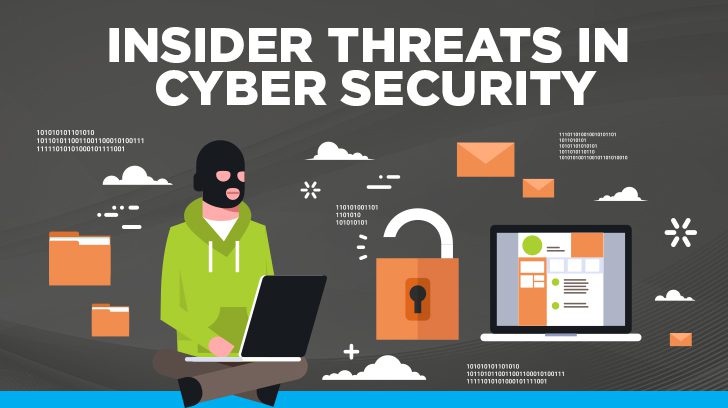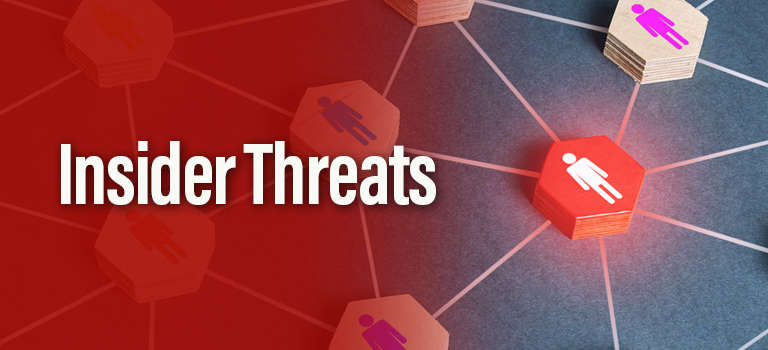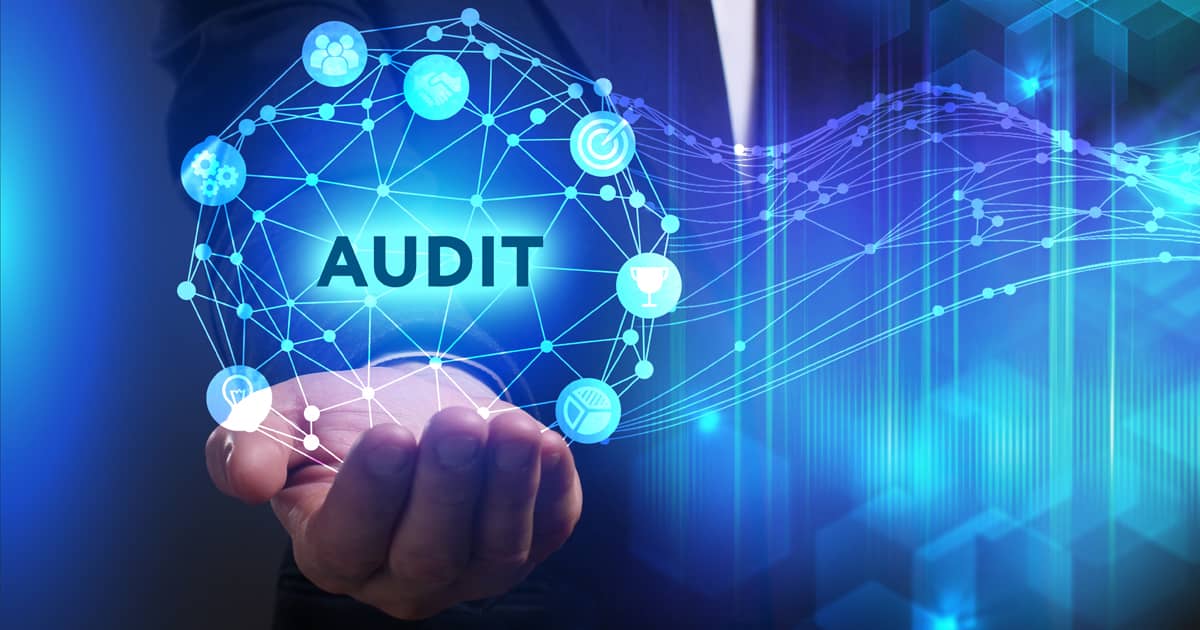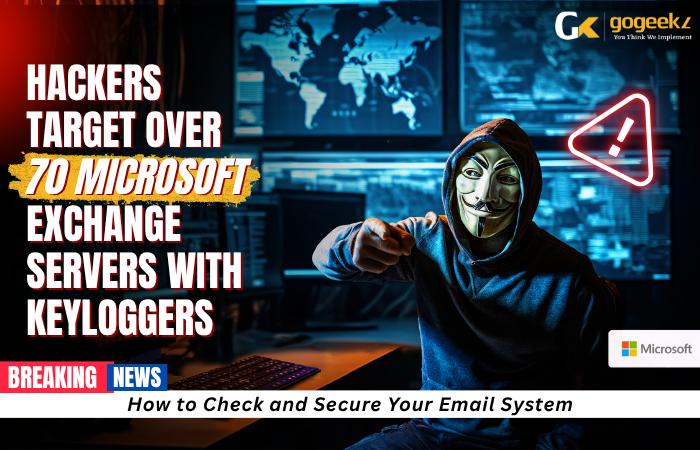What is Insider Threat?
As technology continues to advance, cyber threats are becoming more sophisticated, with insider threats in cyber security being one of the most dangerous. Companies are now facing an increased risk of experiencing insider security threats that can lead to substantial financial losses and reputational damage. This makes it vital for organizations to understand what insider threat in cyber security is, learn about the types of insider threats, and implement effective insider threat protection measures. In this post, we’ll discuss insider threat awareness and how to prevent insider threats using insider threat detection techniques.

An insider threat is a risk posed by employees, contractors, or other individuals authorized to access an organization’s confidential information, systems, and networks. These individuals can maliciously or unintentionally misuse their access to compromise the organization’s security. The types of insider threats vary, with some common ones including data theft, espionage, and sabotage.
Insider threat awareness is essential in understanding and managing these risks. Recognizing the warning signs and potential vulnerabilities within your organization is the first step in mitigating the threat. Regular training and communication with employees can help foster a culture of security and ensure that everyone is aware of their responsibilities in maintaining the organization’s security.
Types of Insider Threats
Understanding the various types of insider threats is essential when implementing robust insider threat protection measures. Knowing what is insider threat allows organizations to tailor their insider threat detection strategies effectively. At the forefront of cyber insider threat management, proactive detection becomes imperative to safeguard sensitive information.Implementing insider threat detection is a crucial aspect of insider threat protection.
Go beyond conventional security measures and enhance your organization’s resilience against insider threats with comprehensive insider threat management solutions tailored to the unique challenges posed by individuals within your cybersecurity ecosystem.

12 Techniques to Stop Insider Threats
To fortify against the growing menace of insider threats in cybersecurity, organizations must deploy robust strategies for monitoring and detection. Various types of insider threats necessitate diverse techniques for scrutiny. There are several methods that organizations can adopt to effectively monitor for signs of suspicious behavior or unauthorized access.
Understanding what is insider threat is fundamental to crafting an effective defense. With advanced insider threat detection technologies, organizations can proactively identify and respond to potential threats, thereby strengthening their overall cyber insider threat management framework.
Read more: improve endpoint security tips
1. User and entity behavior analytics (UEBA)
UEBA technology leverages machine learning and advanced analytics to detect unusual or suspicious behavior patterns among users and entities within your organization. In the realm of insider threats in cybersecurity, leveraging cutting-edge technologies such as User and Entity Behavior Analytics (UEBA) becomes paramount. UEBA utilizes machine learning and advanced analytics to discern types of insider threats by detecting unusual or suspicious behavior patterns.
Understanding what is insider threat is foundational in establishing a baseline for normal behavior. With effective insider threat detection, UEBA tools provide a proactive defense, alerting organizations to potential threats and enabling swift responses to deviations, thereby enhancing overall cyber insider threat management.By establishing a baseline of normal behavior, UEBA tools can identify deviations and send alerts when potential threats are detected.
2. Data loss prevention (DLP) tools
In the dynamic landscape of insider threats in cybersecurity, Data Loss Prevention (DLP) solutions play a pivotal role in fortifying organizations against potential risks. DLP solutions monitor and control the flow of sensitive information, helping to prevent unauthorized access or exfiltration. DLP tools can be configured to identify specific types of data, such as intellectual property or personally identifiable information, and block attempts to transfer, copy, or share this data without proper authorization.

3. Access Control and Monitoring
Implementing strict access controls, such as the principle of least privilege, ensures that employees only have access to the information and systems they need to perform their job functions. Regularly reviewing and updating access permissions and monitoring user activity can help detect and prevent insider threats.
Regularly reviewing and updating access permissions, coupled with vigilant monitoring of user activity, constitutes a robust strategy for insider threat detection. By proactively addressing potential vulnerabilities, organizations can strengthen their defenses against the ever-present risk of cyber insider threat and enhance overall insider threat management.
4. Security Information and Event Management (SIEM)
SIEM solutions collect and analyze log data from various sources, such as network devices, applications, and security tools. By correlating this data, SIEM systems can identify potential security incidents, including insider threats, and send alerts to the appropriate personnel for further investigation. Through data correlation, SIEM can effectively pinpoint potential security incidents, encompassing various types of insider threats.
Rapid insider threat detection is achieved as SIEM sends timely alerts to designated personnel, enabling swift and targeted investigation. By enhancing vigilance against the nuanced challenges of cyber insider threat, SIEM becomes an integral component of a comprehensive insider threat management strategy.
Read more: search engines optimization techniques
5. Conduct thorough Background Checks
Mitigating the risk of insider threats in cybersecurity commences with robust preventive measures. Before granting access to sensitive information or systems, conduct background checks on all employees and contractors. This includes verifying employment history, checking references, and performing criminal background checks.

6. Establish a clear Security Policy
Develop a comprehensive security policy that outlines the roles and responsibilities of each employee regarding data protection and security. Ensure that the policy is communicated to all employees and provide regular training to reinforce its importance.
By proactively addressing potential vulnerabilities, organizations can strengthen their defenses against the nuanced challenges posed by various types of insider threats. This meticulous approach lays the foundation for effective insider threat detection and overall insider threat management in the dynamic landscape of cyber insider threat.
7. Implement Multi-Factor Authentication (MFA)
Multi-Factor Authentication adds an extra layer of security by requiring users to provide two or more forms of identification before accessing sensitive information or systems. MFA adds an extra layer of security by necessitating users to provide two or more forms of identification, significantly bolstering defenses against various types of insider threats. Understanding what is insider threat, especially in the context of cyber insider threat, underscores the importance of proactive measures.
MFA not only enhances insider threat detection but also serves as an integral component of comprehensive insider threat management strategies, mitigating the risk of unauthorized access to sensitive information or systems. This can help prevent unauthorized access, even if an attacker has obtained an employee’s login credentials.
8. Encourage Reporting
Fostering a culture of transparency is essential in tackling the nuanced challenges of insider threats in cybersecurity. Create an environment where employees feel comfortable reporting suspicious behavior or potential insider threats. Understanding what is insider threat becomes a shared responsibility, facilitating a collaborative approach to proactive insider threat detection and effective insider threat management in the ever-evolving landscape of cyber insider threat.
Establish a clear reporting process and consider implementing an anonymous reporting mechanism.
Read more: cloud computing solutions for business
9. Regularly Audit and update Security Measures
Continuously assess your organization’s security posture and update your security measures as needed to address new vulnerabilities and risks. Regular audits can help identify potential weaknesses and ensure that your insider threat protection strategies remain effective.

10. Foster a culture of Trust and Transparency
Nurturing a workplace culture of openness and positivity is pivotal in mitigating the risk of insider threats in cybersecurity. When employees feel valued and supported, the likelihood of becoming disgruntled and engaging in malicious behavior diminishes. Understanding what is insider threat underscores the importance of fostering a positive environment.
Encouraging open communication and promoting a positive workplace culture can help reduce the risk of insider threats. Employees who feel valued and supported are less likely to become disgruntled and engage in malicious behavior.
This proactive approach not only contributes to a harmonious workplace but also serves as a preventive measure against various types of insider threats. By prioritizing a supportive culture, organizations can fortify their defenses against the ever-present challenge of cyber insider threat, promoting effective insider threat detection and management.
11. Develop an incident response Plan
Effectively addressing insider threats in cybersecurity requires a well-structured incident response plan. In the event of cyber insider threat detection, a clearly defined plan becomes crucial in mitigating potential damage. In the event that an insider threat is detected, having a well-defined incident response plan can help mitigate the damage. The plan should outline the roles and responsibilities of the response team and the steps to contain, investigate, and remediate the incident.
Understanding what is insider threat facilitates a swift and coordinated response. A robust incident response plan is an integral component of comprehensive insider threat detection and insider threat management strategies.
12. Collaborate with external Partners
Sharing threat intelligence and best practices with industry peers, vendors, and law enforcement agencies can help strengthen your organization’s defenses against insider threats. Collaboration can lead to better insights into emerging trends and tactics used by malicious insiders, allowing you to proactively adjust your security measures accordingly.

By understanding the various types of insider threats and implementing robust insider threat detection and protection strategies, organizations can significantly reduce the risk of falling victim to these increasingly dangerous security threats. Fostering a culture of insider threat awareness and continuously improving your security posture is essential in today’s rapidly evolving cyber landscape.
FAQs:
Industry Experiences
Innovative services for your business
We’re dedicated to making your businesses reliable, efficient, and safe.
We’re a one-stop solution for everything IT you need. Whatever you need, we got you covered:
An insider threat in cyber security refers to the risk posed by employees, contractors, or other individuals who have authorized access to an organization’s confidential information, systems, and networks.
These individuals can maliciously or unintentionally misuse their access to compromise the organization’s security, leading to data theft, espionage, or sabotage.
Concerned about security threats? Contact us or give us a call for expert solutions.
Organizations can detect and prevent insider threats by implementing a combination of technologies and best practices, such as user and entity behavior analytics (UEBA), data loss prevention (DLP) tools, access control and monitoring, security information and event management (SIEM), thorough background checks, clear security policies, multi-factor authentication (MFA), and regular security audits.
Organizations can promote insider threat awareness by conducting regular training sessions and communicating the importance of maintaining security.
They should also develop a comprehensive security policy that outlines the roles and responsibilities of each employee in relation to data protection and security, and encourage reporting of suspicious behavior or potential insider threats.
Don’t hesitate – reach out today for support tailored to your needs!
The main types of insider threats include data theft, which involves stealing sensitive information for personal gain or to harm the organization;
espionage, where an individual collects and shares confidential information with a competitor or foreign government; and sabotage, which involves intentionally causing damage to the organization’s systems, networks, or reputation.
Contact us or give us a call for tailored security solutions. Let’s fortify your defenses and protect your business integrity.





